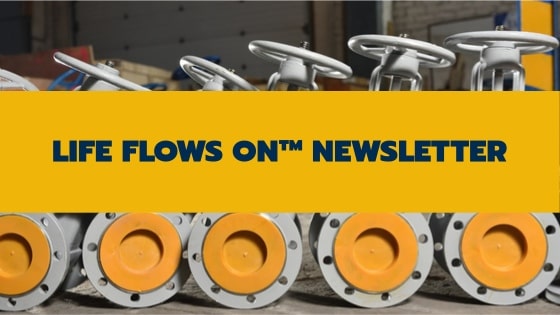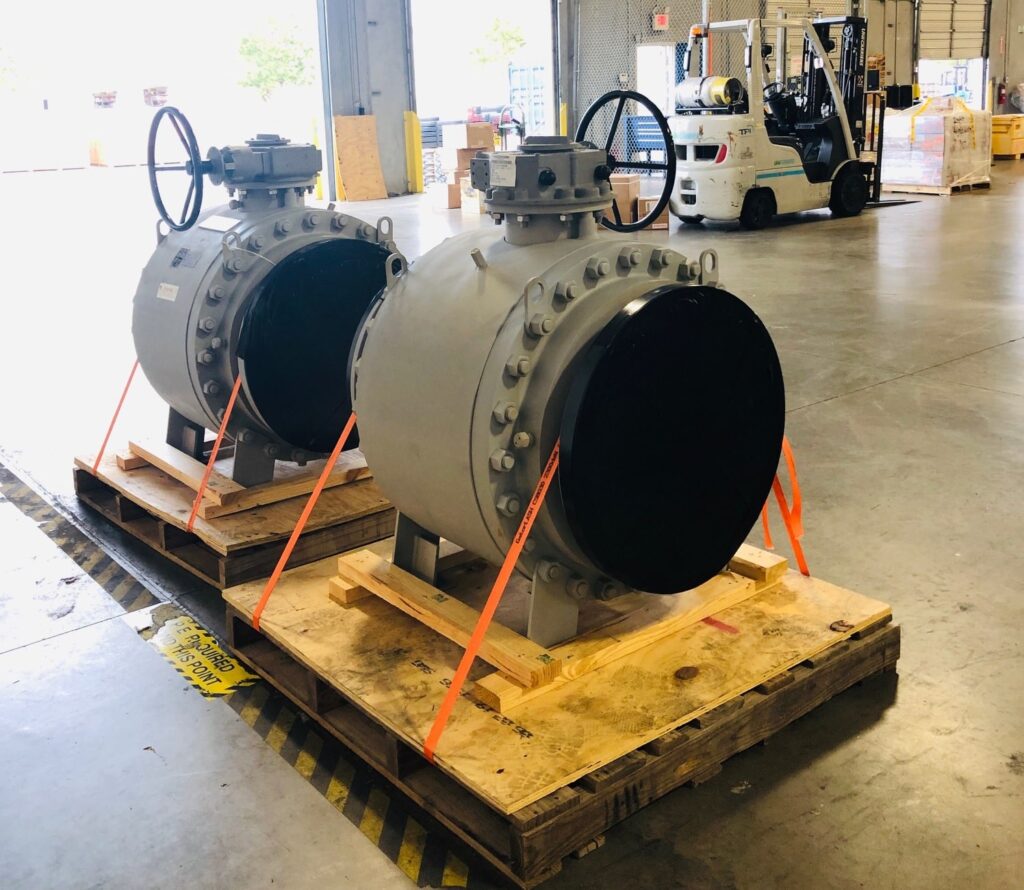
A Guide to the Different Types of Gears Used in Flow Control
Gears are such a useful concept that they even occur in nature. From the ancient Greeks to today, gears are a fundamental part of technology.
In industries ranging from oil and gas to food, gears for flow control are critical in production systems. Several types of gears are available. How do you know which one is best for your application?
Find out about the different types of gears for flow control. You’ll be able to find the gear you need.
What Do Gears for Flow Control Do?
The gearbox for your flow control valves is a set of gears within a casing. The usual purpose of these gears is to increase the amount of input torque and create rotational movement as an output. They open and close the valve.
Gears for flow valves can be manual or electric. An electric actuator creates more output torque. It gives you a mechanical advantage.
Why Are There Different Types of Gears?
Gearboxes have different types of gears depending on the features you need.
Gearboxes can accept a multi-turn or partial turn input. The output can also be either multi-turn or partial turn.
The output is either linear or at 90 degrees from the input. Some gear types allow other angles as well.
You may need gears that make less noise or less vibration. You may want a gearbox that will change the speed or the amount of torque.
The specific features of each type of gear mean that you can find the right one for different applications.
Worm Gears
A worm gear has a shaft with a spiral thread that drives a toothed wheel. Worm gearboxes have a multi-turn input and a partial turn output. They change the rotational movement by 90 degrees.
Worm gears are ideal for quarter-turn valves like ball valves.
Pros
Worm gears are relatively simple. They have few moving parts, which means fewer opportunities for failure.
Worm gears have a high reduction ratio. You can significantly increase torque or reduce speed by changing the circumference of the wheel.
Another advantage of worm gears is that you can’t reverse the direction of power. It’s almost impossible for the wheel to start moving the worm. You don’t need the backstop that most other types of gearboxes require.
Worm gears make less noise than other types of gears. Also, they’re very shock-resistant.
Cons
The power of a worm gear transfers by sliding. As the worm slides across the wheel, it removes the lubricant. The worm will eventually be rubbing directly on the metal.
The sliding motion makes worm gears relatively inefficient. Friction and heat reduce the efficiency. To minimize friction, the worm and wheel are made from different metals.
Bevel Gears
A bevel gear is a cone-shaped gear that transmits power between shafts that intersect. Bevel gears change the axis of rotation. The gear shafts are usually 90 degrees apart, but other angles are possible too.
Bevel gears can increase or decrease torque while decreasing or increasing angular speed. They have a multi-turn input and output.
The gear teeth can be straight, spiral, or hypoid. Each type has its own pros and cons.
Straight Bevel Gears
Straight bevel gears are the simplest. The teeth are in a straight line that intersects the axis of the gear.
You have more tolerance when mounting straight bevel gears because they have immediate lines of contact. However, they also have a lot of vibration and noise.
Spiral Bevel Gears
Spiral bevel gears have curved, oblique teeth. The teeth have more overlap, so the gear turns more smoothly. It makes less vibration and noise.
Having more teeth in contact means they share the load better. You get a higher load capacity. A spiral bevel gear can be smaller than a straight bevel gear with the same capacity.
One downside of spiral bevel gears is that they need more expensive bearings. This is because of their larger thrust load.
Hypoid Bevel Gears
The center lines of hypoid gears are offset instead of intersecting. The teeth are similar to spiral bevel gears.
Hypoid bevel gears have rolling resistance between the gears. This makes hypoid bevel gears very efficient. They have even less vibration than spiral gears.
The spiral angle of the pinion is larger than that of the gear. The pinion diameter can be larger. You get more contact area and better tooth strength.
You can use high-gear ratios. The gear ratio range is 10:1 to 200:1. For comparison, spiral bevel gears have a ratio range of 3:2 to 4:1.
However, you’ll need a special lubricating oil because of sliding across the face of the teeth. This sliding also means that hypoid bevel gears don’t perform well at high speeds.
Worm Gear vs. Bevel Gear Efficiency
When choosing a gearbox, many people wonder about the efficiency of worm gears compared to bevel gears. The efficiency of a worm gear depends on the lead angle, friction, and gear ratio. The efficiency range is 50%-90%.
Bevel gears are generally more efficient than worm gears. Straight bevel and spiral bevel gears have similar efficiency, 93-97%, and 95-99%. Hypoid gears are 80-95% efficient.
More efficient gears can reduce the overall cost of your system.
Specialty Gears
Worm gears and bevel gears are some of the most common gearboxes you’ll find for flow control. Several more specialized types of gears are also available.
Declutchable Gears
Declutchable gears are a type of worm gear that mounts between the valve and the actuator. They provide a manual override in case of power loss or air loss to the actuator. They also allow manual operation when installing the valve or testing the system.
Various models give you different torque outputs.
Subsea Gears
Subsea gears are specially designed for deep-sea applications at any depth. Pressure compensators account for the higher pressure underwater. Rugged materials give them the durability for a harsh undersea environment.
Planetary Gears
Planetary gears get their name from the fact that they move like planets around the sun.
Planetary gears are a gear system with three main components. The central (sun) gear sits in the center. One or more outer (planet) gears revolve around it. The planet gears drive an outer ring, shaft, or spindle.
The design of planetary gears gives them a high torque density. They’re very efficient and durable.
Finding the Right Gears
You have several types of gears for flow control to choose from. Anything Flows can help you find the right one for your project. We offer the highest quality flow control products available.
Our team of project managers and engineers will work with you to develop a solution that fits your specific needs. Contact us today, and let’s get started.

